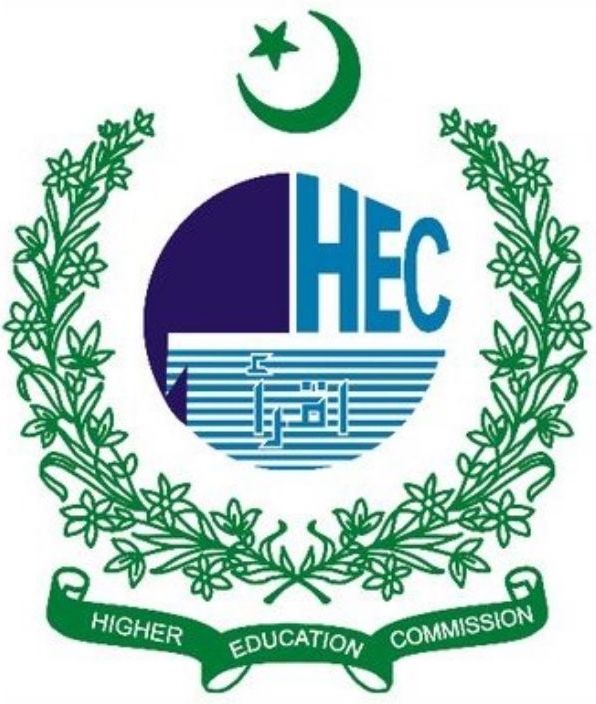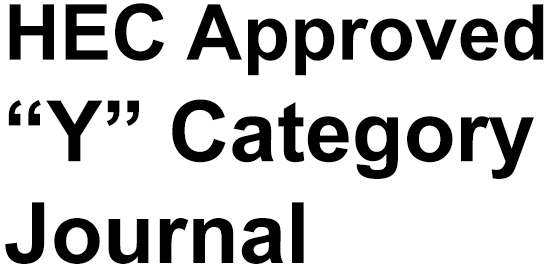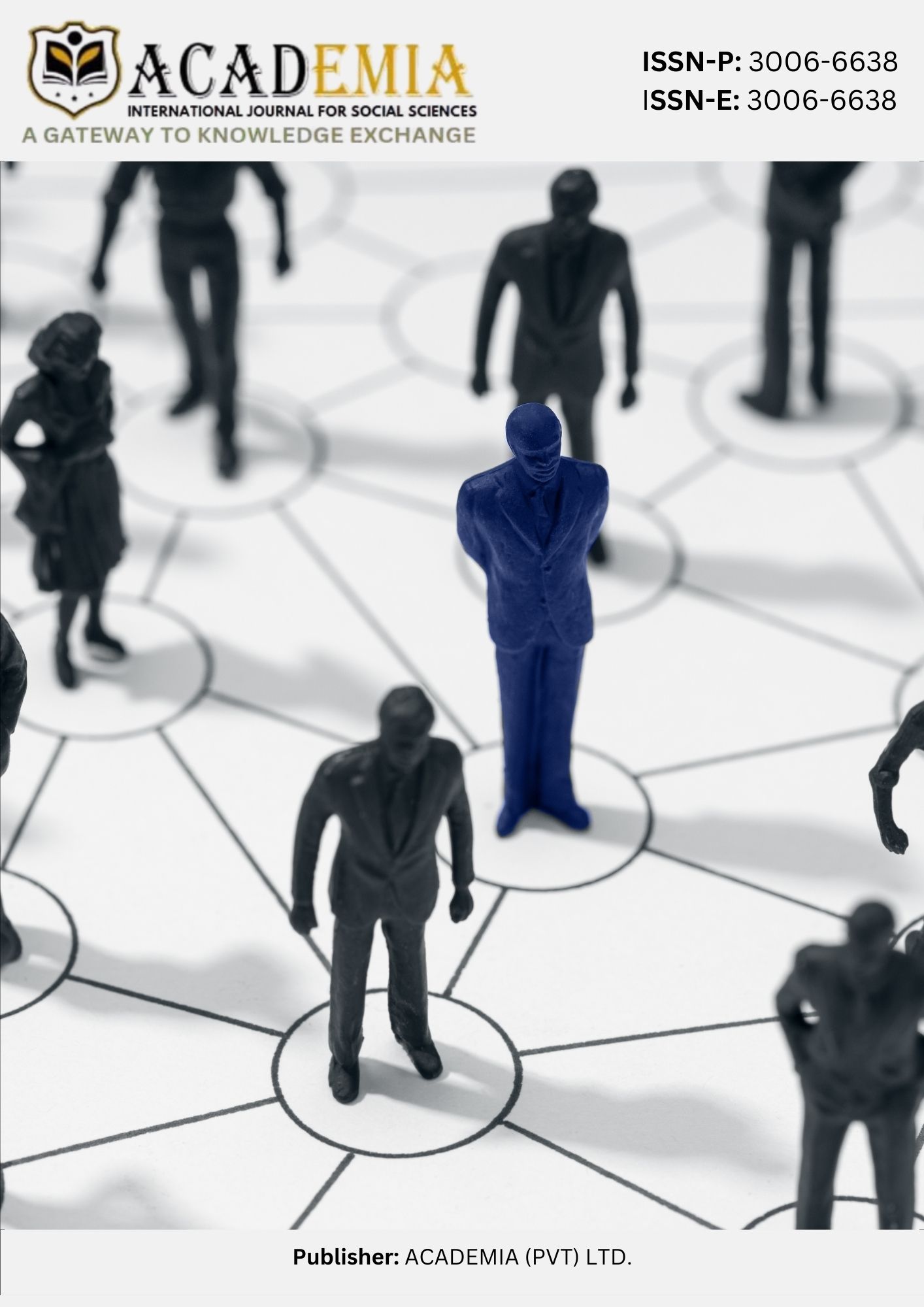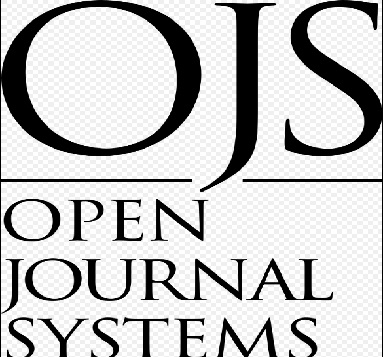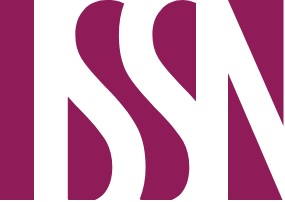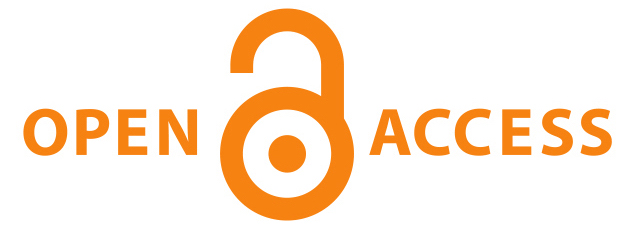Faith, Culture and Empowerment: The Significance of Hijab in Randa Abdel-Fattah’s Does My Head Look Big in This?
DOI:
https://doi.org/10.63056/ACAD.004.01.0070Keywords:
Hijab, Faith, Culture, Women Empowerment, FeminismAbstract
This research explores the role of hijab as a tool for empowering woman in Abdel-Fattah’s (2007) novel Does My Head Look Big in This? This study examines how the protagonist, Amal, navigates the challenges of self-expression, cultural identity and faith as a Muslim teenager who chooses to wear the hijab. Through a textual analysis of Amal’s journey and by applying Theory ofIntersectional Feminism by Crenshaw (1989), the research highlights how the hijab is not merely a symbol of religious obligation but also an act of personal empowerment, allowing women to reclaim control over their identities in a multicultural society. The novel portrays the hijab as a means of self-expression that intersects with cultural and religious values, challenging societal stereotypes and promoting a broader understanding of women’s autonomy in defining their beliefs and appearances. The research discusses the changes in Amal’s attitude towards the hijab comes from a desire to lead a religious lifestyle, with the aim to become a better Muslim. It points out the religious and spiritual functions of the hijab from Amal’s perspective. First, the hijab is viewed as a tool for improving a believer’s relationship with God, and secondly, it also works to encourage the perfection of other religious practices such as praying and fasting. In the last section, it discusses how hijab functions in a social environment, particularly in helping to refine the protagonist’s conduct in social spaces, improving her personality. This study contributes to the ongoing discourse on the empowerment of women within the context of faith, culture and personal choice illustrating how the hijab can serve as a powerful vehicle for self-determination and individuality.
Downloads
Published
Issue
Section
License
Copyright (c) 2025 ACADEMIA International Journal for Social Sciences

This work is licensed under a Creative Commons Attribution 4.0 International License.


